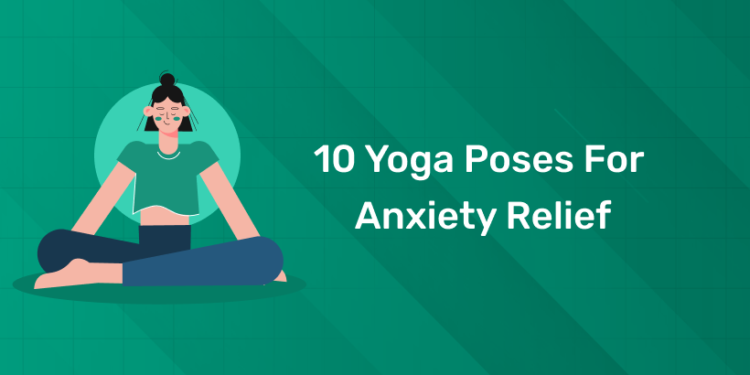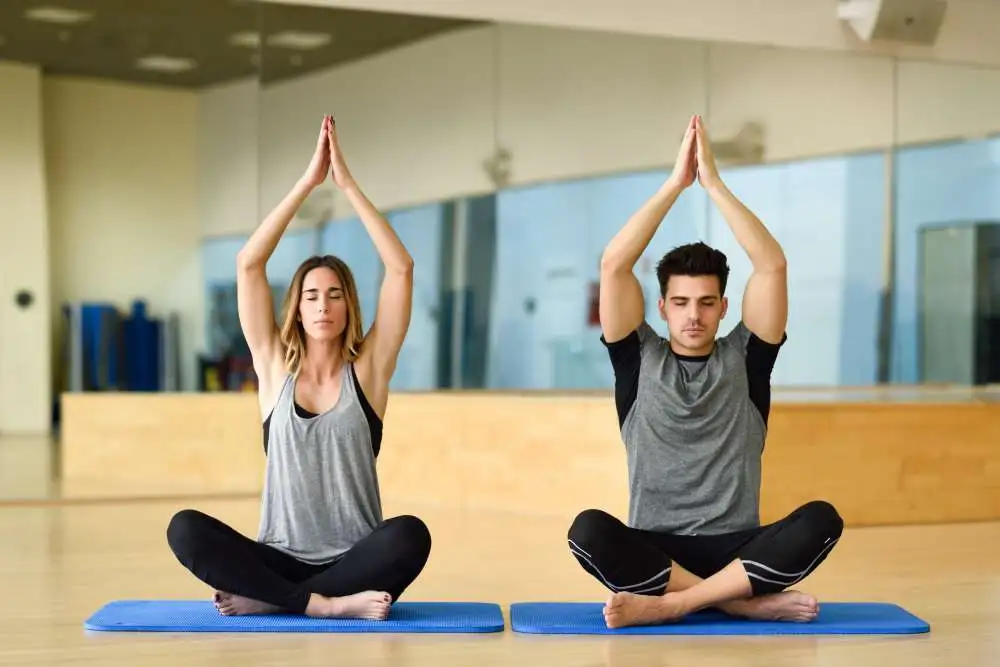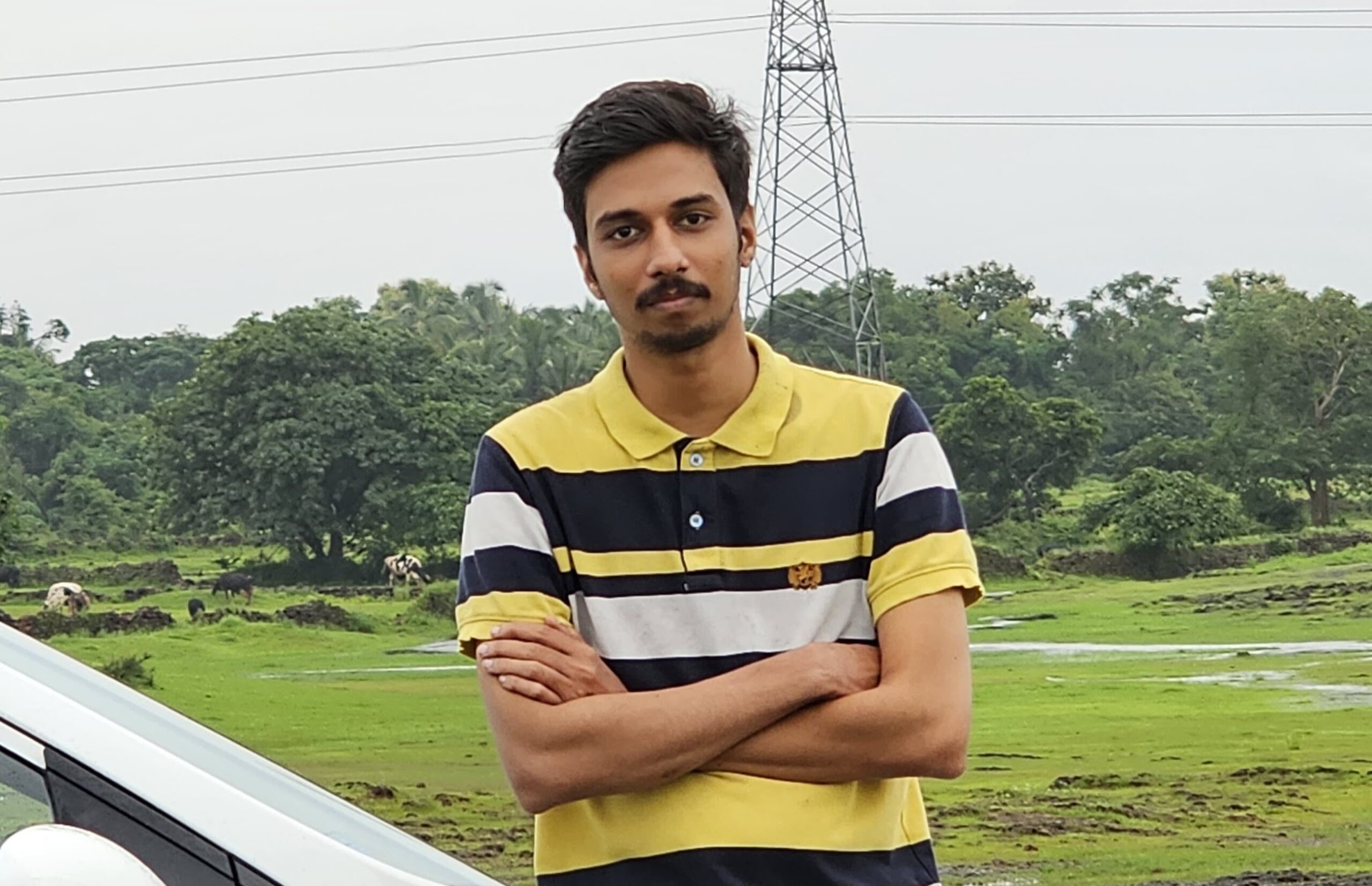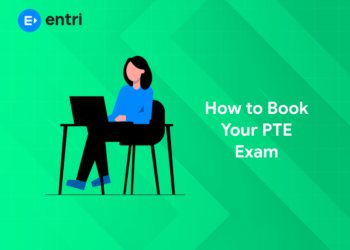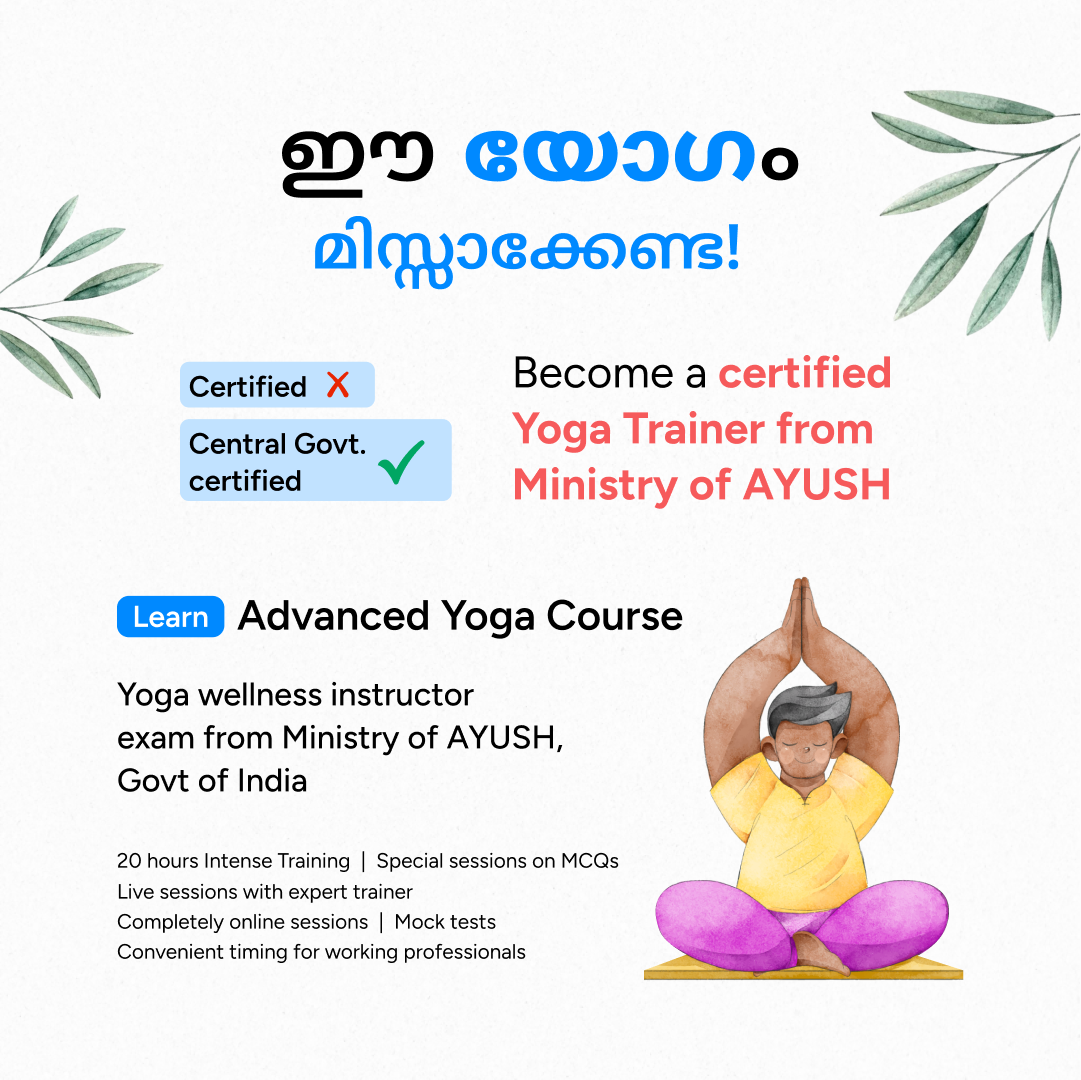Table of Contents
To most of us, anxiety sounds a bell. It might present itself as a fluttering chest, clenched jaw, restless sleep, or counseling mind that can’t stop running through what-ifs on auto replay. Yoga won’t banish the life stressors but executed with regularity, it calms the nervous system, stabilizes the breath, and restores perspective. It’s for yogis and working stiffs alike who hunger for pragmatic, bite-sized strategies. You’ll find 10 potent anxiety-busting poses, easy how-tos, breathing cues, calming modifications, and 2 practice sequences to jump into right away.
Get Confident! Join Our Yoga Teacher Training Course!
Why yoga helps with anxiety
Yoga links movement, breath and concentration. That convenient threesome is what changes everything. Light activity agitates muscle tension and stimulates circulation. Breath techniques, particularly the slow practiced ones, transmit to the parasympathetic nervous system and soothe the body’s fight-or-flight reflex. Focused attention jolts the brain loose from compulsive mullification and into the present. Together, they create a powerful, actionable escape route from anxious impulses.
10 yoga poses to wipe away anxiety
1: Which of these is the primary goal of yoga practice?
Let’s talk about 10 poses to relax your body and open your mind.
1. Child’s Pose (Balasana)
Overview
It’s a nice, grounding pose that allows your body to relax and your mind to quiet. We’ll frequently utilize it to open or close a yoga practice.
How to Perform
- Kneel on the floor with your big toes touching and knees slightly apart, about hip width.
- Exhale and fold forward with your forehead to the floor.
- Stretch out in front of or alongside you.
- Relax your shoulders, your jaw, and your face.
- Close your eyes, and breathe slowly and deeply.
- Hold for 1–3 minutes.
Benefits
- Calms the nervous system and reduces stress
- Gently warms the spine, hips, and thighs
- Improves concentration and mindfulness
- Relieves fatigue and tension
Modifications
Place a pillow or folded blanket under your forehead or between your thighs and calves.
2. Cat-Cow Pose (Marjaryasana-Bitilasana)
Overview
This dynamic combination of backbends and forward bends stimulates spinal flexibility and encourages the release of tension accumulated in the back and shoulders.
How to Perform
-
Begin on all fours, shoulders over wrists, hips over knees.
-
Inhale, arch your back, drop your belly, and lift your head and tailbone for Cow Pose.
-
Exhale, round your spine, tuck your chin, and draw your belly in for Cat Pose.
-
Repeat 10–15 rounds, synchronizing movement with breath.
Benefits
-
Reduces stiffness in the spine and neck
-
Releases emotional tension held in the body
-
Stimulates digestion and improves posture
-
Enhances body awareness and focus
Modifications
For wrist discomfort, make fists with your hands or use a folded blanket under your palms.
3. Standing Forward Fold (Uttanasana)
Overview
Uttanasana is a calming forward bend that encourages relaxation and stimulates blood flow to the brain.
How to Perform
-
Stand with feet hip-width apart, inhale to lengthen the spine.
-
Exhale, hinge at the hips, and fold forward.
-
Allow your head to hang heavy and relax your neck.
-
Place hands on the floor, shins, or yoga blocks.
-
Hold for 30–60 seconds, breathing deeply.
Benefits
-
Calms the mind and relieves anxiety
-
Stretches hamstrings, calves, and spine
-
Reduces fatigue and headaches
-
Improves circulation to the brain
Modifications
Slightly bend the knees if hamstrings are tight or use a strap to reach your feet.
4. Legs-Up-The-Wall Pose (Viparita Karani)
Overview
A restorative inversion that supports relaxation, reduces stress, and improves circulation.
How to Perform
-
Sit sideways against a wall, then lie back and swing your legs up.
-
Keep your back and shoulders relaxed on the floor.
-
Rest arms by your sides with palms facing up.
-
Close your eyes and breathe deeply for 5–15 minutes.
Benefits
-
Reduces anxiety and stress
-
Eases tired legs and lower back discomfort
-
Promotes restful sleep
-
Calms the nervous system
Modifications
Place a folded blanket under your hips for extra support.
5. Seated Forward Bend (Paschimottanasana)
Overview
This pose stretches the entire back body while promoting introspection and relaxation.
How to Perform
-
Sit with legs extended straight in front.
-
Inhale and lengthen the spine, exhale to fold forward.
-
Reach for your feet, ankles, or shins while keeping the back straight.
-
Hold for 1–3 minutes, breathing steadily.
Benefits
-
Reduces mental tension and anxiety
-
Stretches spine, hamstrings, and calves
-
Stimulates digestion
-
Improves concentration and mindfulness
Modifications
Bend your knees slightly or use a strap around your feet if needed.
6. Supported Bridge Pose (Setu Bandhasana)
Overview
Bridge Pose opens the chest, strengthens the back and legs, and promotes relaxation.
How to Perform
-
Lie on your back with knees bent, feet hip-width apart.
-
Inhale, press feet into the floor, and lift hips upward.
-
Keep thighs parallel and chest lifted.
-
Hold for 30–60 seconds, breathing evenly.
-
Exhale and lower hips slowly.
Benefits
-
Opens the heart and chest
-
Strengthens glutes, thighs, and lower back
-
Reduces fatigue and mild anxiety
-
Improves posture and circulation
Modifications
Place a yoga block under the sacrum for a restorative version.
7. Supine Spinal Twist (Supta Matsyendrasana)
Overview
This gentle twist releases tension in the spine and supports detoxification.
How to Perform
-
Lie on your back, hug knees to chest.
-
Drop both knees to the right, turn head to the left.
-
Extend arms out in a T-shape, shoulders grounded.
-
Hold for 1–2 minutes, then switch sides.
Benefits
-
Relieves spinal tension
-
Reduces stress and anxiety
-
Stimulates digestion
-
Enhances spinal mobility
Modifications
Use a cushion between knees and torso for added support.
8. Reclining Bound Angle Pose (Supta Baddha Konasana)
Overview
A restorative pose that opens the hips and promotes deep relaxation.
How to Perform
-
Lie on your back, bring soles of feet together, and let knees drop open.
-
Place hands on your belly or by your sides.
-
Close your eyes, breathe deeply, and focus on releasing tension.
-
Stay for 5–10 minutes.
Benefits
-
Calms the nervous system
-
Opens hips and groin
-
Reduces anxiety and mental fatigue
-
Supports emotional balance
Modifications
Place blocks or cushions under your knees for comfort.
9. Corpse Pose (Savasana)
Overview
Savasana allows the body and mind to integrate the benefits of your yoga practice.
How to Perform
-
Lie flat on your back, legs extended, arms by your sides.
-
Palms face up, eyes closed.
-
Relax every part of your body, breathing slowly.
-
Stay for 5–15 minutes.
Benefits
-
Deep relaxation and stress relief
-
Lowers blood pressure
-
Improves sleep quality
-
Calms the mind and nervous system
Modifications
Use a bolster under your knees or a blanket under your head for support.
10. Alternate Nostril Breathing (Nadi Shodhana Pranayama)
Overview
While not a physical pose, this breathing practice balances the nervous system and reduces anxiety effectively.
How to Perform
-
Sit comfortably with a straight spine.
-
Close your right nostril with your thumb, inhale through the left.
-
Close the left nostril with your ring finger, exhale through the right.
-
Inhale through the right, close, exhale through the left.
-
Repeat for 5–10 minutes.
Benefits
-
Reduces stress and anxiety
-
Balances energy channels
-
Improves focus and mental clarity
-
Promotes emotional stability
Safety Tips and Precautions
-
Avoid deep forward folds if you have a herniated disc or severe back pain.
-
Pregnant women should modify poses under guidance.
-
People with high blood pressure should practice inversions mindfully.
-
Always listen to your body and avoid pushing into pain.
Become a Certified Yoga Instructor
Yoga Teacher Training Course by Entri App: Master authentic yoga techniques, earn certification, and build a successful career as a professional yoga instructor.
Join Now!Breath techniques to pair with the poses
Diaphragmatic breathing. Breathe into the belly and lower ribs, making the exhale slightly longer than the inhale.
Box breathing. Inhale for four counts, hold for four, exhale for four, hold for four. Use this to steady racing moments.
Extended exhale breath. Inhale for four, exhale for six or eight counts. Longer exhales help switch on the parasympathetic response.
How Entri’s Yoga TTC Can Help You Deepen Your Practice
If you love yoga and want to learn how to teach it safely and effectively, Entri’s Yoga Teacher Training Course is for you. The course covers yoga philosophy, anatomy and breathing techniques including modules on stress management and mindfulness.
Through Entri’s Yoga TTC you will:
- Master alignment and sequencing techniques
- Learn the connection between yoga, breath and mental health
- Know anatomy and the nervous system
- Build confidence to guide others through calming yoga practices
Whether you want to deepen your personal practice or start a professional journey as a yoga teacher, Entri’s Yoga TTC has got the right tools and guidance to help you grow mindfully.
Key Takeaways
- Yoga calms the nervous system through breath, movement and mindfulness.
- Child’s Pose, Legs-Up-The-Wall, Bridge and Savasana are the best poses for anxiety relief.
- Regular practice improves sleep, focus and emotional resilience.
- Breath and mindfulness are as important as physical postures.
- With consistent effort yoga transforms both body and mind for long term inner peace.
Final Thoughts
Yoga is a natural remedy for anxiety. With patience and practice these 10 poses can help you find moments of stillness and ease in your daily life. Remember it’s not about perfection but presence. Every breath, every stretch and every mindful pause brings you closer to balance.
If you are ready to explore the deeper connection between yoga and mental wellness, Entri’s Yoga Teacher Training Course will help you refine your practice, learn the art of teaching and inspire others to find calm within themselves.
Become a Certified Yoga Instructor
Yoga Teacher Training Course by Entri App: Master authentic yoga techniques, earn certification, and build a successful career as a professional yoga instructor.
Join Now!Frequently Asked Questions
Can yoga really help with anxiety?
Yes, yoga helps reduce anxiety by calming the nervous system, improving breathing patterns, and promoting mindfulness through physical movement and meditation.
Which yoga poses are most effective for anxiety relief?
Poses such as Child’s Pose, Legs-Up-the-Wall, Cat-Cow, and Bridge Pose are highly effective for releasing tension and calming the mind.
How long should I practice yoga daily to see anxiety relief?
Practising yoga for at least 20 to 30 minutes daily can significantly reduce stress and anxiety levels over time.
Can beginners do yoga for anxiety relief?
Absolutely. Most anxiety-relieving poses are gentle and suitable for beginners. The key is to focus on breathing and consistency.
Should I combine yoga with meditation for better results?
Yes, combining yoga with meditation enhances relaxation, helps control racing thoughts, and improves emotional stability.
How does yoga affect the brain during anxiety?
Yoga increases the production of gamma-aminobutyric acid (GABA), a neurotransmitter that reduces neural excitability and promotes a sense of calm.
Is yoga better than medication for treating anxiety?
While yoga is a powerful natural remedy, it complements rather than replaces medical treatment. Always consult a healthcare professional for severe anxiety.
Can I do yoga for anxiety relief at home?
Yes, you can practise yoga at home using online tutorials or by joining structured courses like Entri’s Yoga TTC programme to learn the correct techniques.
What is the Entri Yoga TTC course, and how can it help me?
Entri’s Yoga TTC course is a comprehensive teacher training programme that deepens your knowledge of yoga, breathing, and mindfulness. It helps you not only overcome anxiety but also guide others towards emotional balance.


